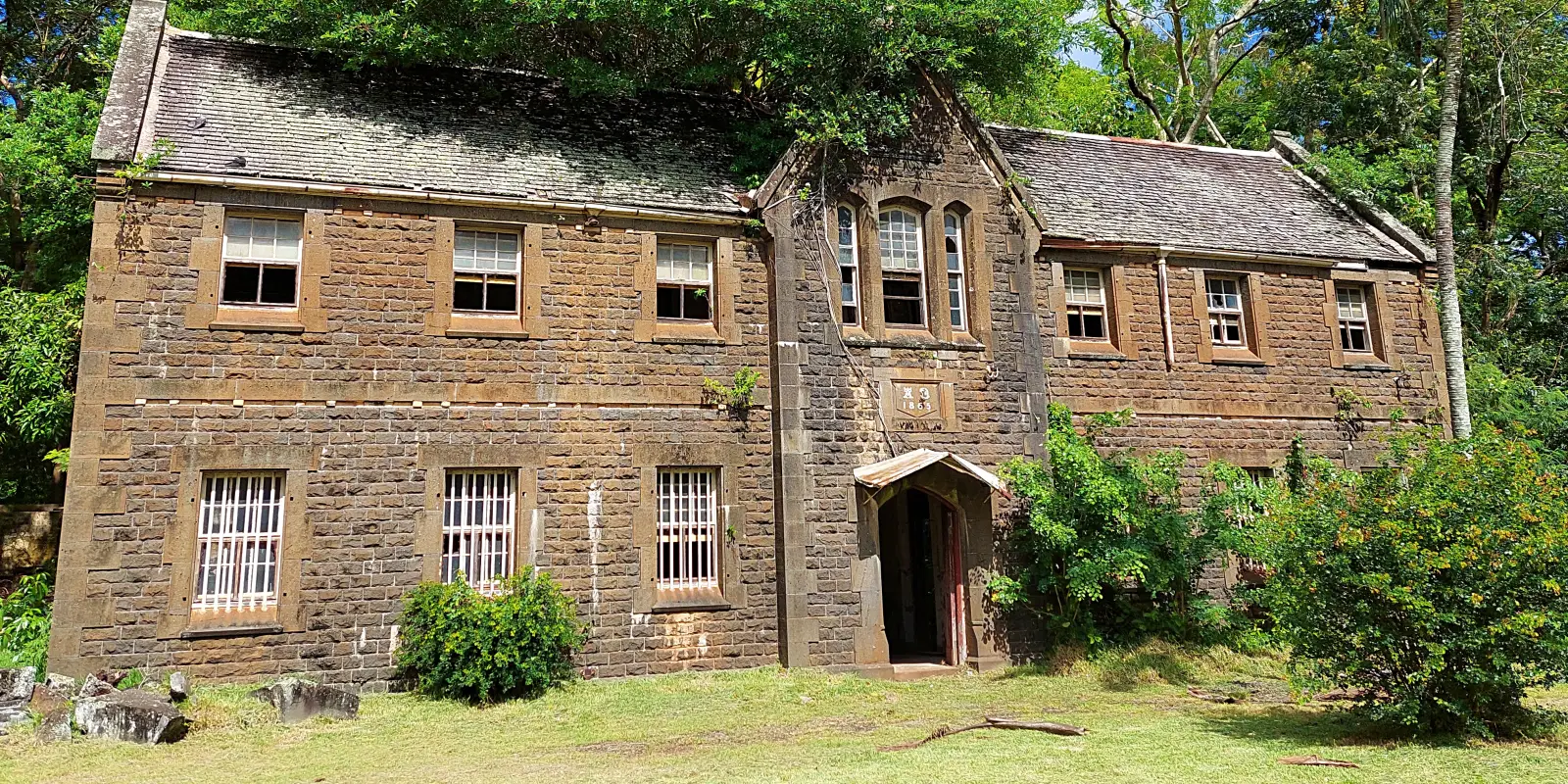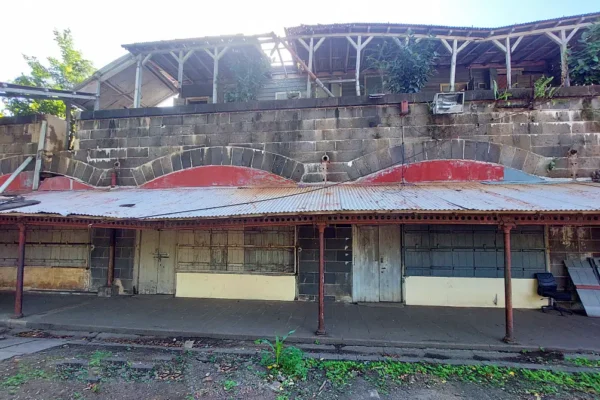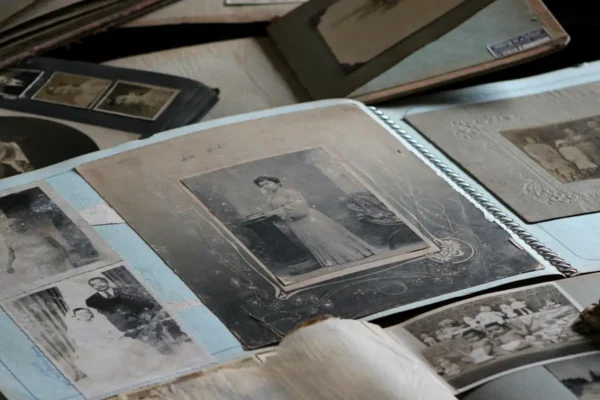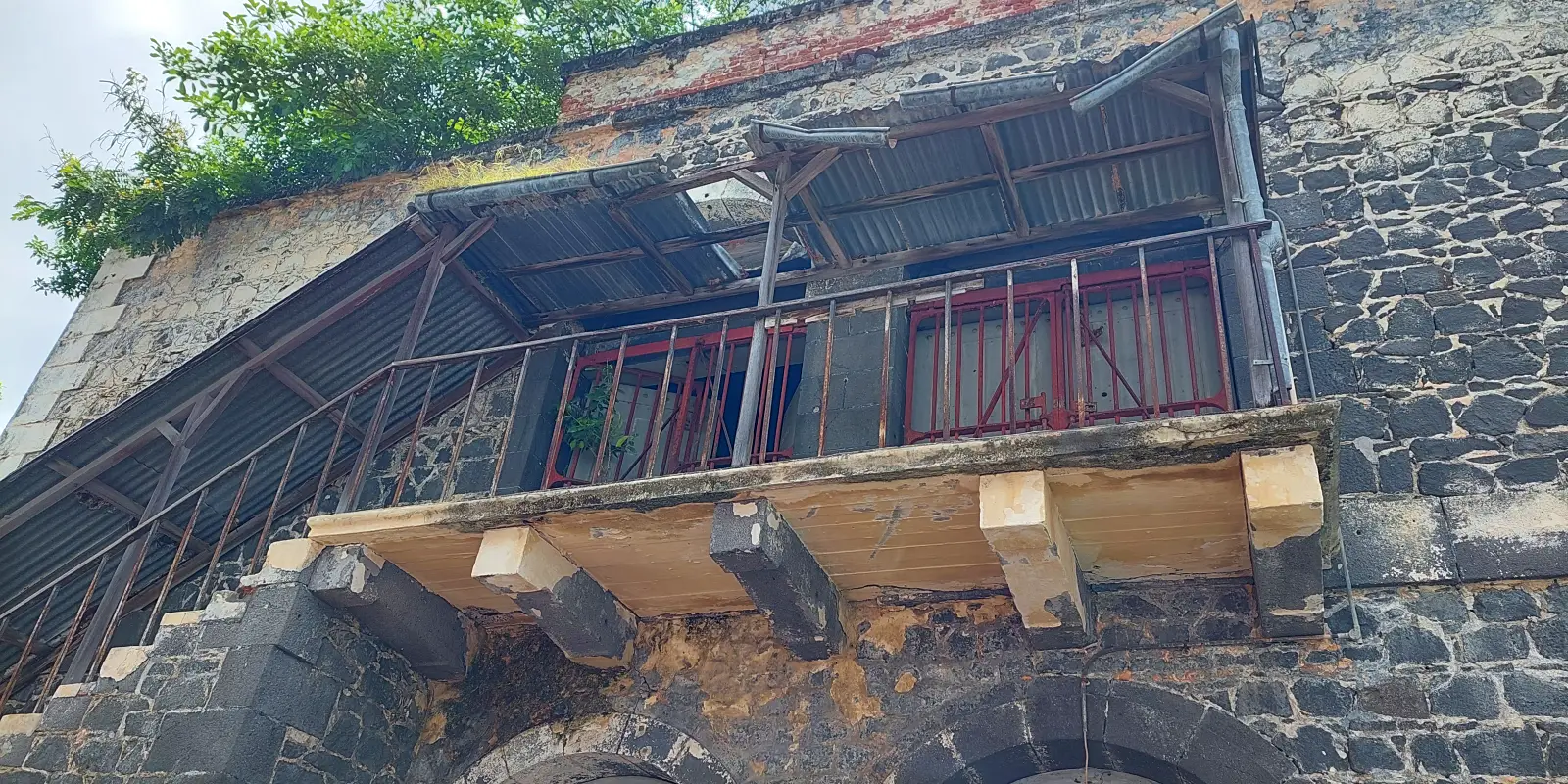The historic site of the Old Powder Mill, which is situated in a secluded part of Pamplemousses, has been neglected and in terrible condition for many years. Some inquisitive adventurers have become interested in this location recently, firmly believing that unexplained occurrences take place there. Some believe it was formerly a slave settlement.
The Old Powder Mill’s location has a history that goes beyond all of these conjectures and rumors. This article will narrate how rich this area is historically and culturally.
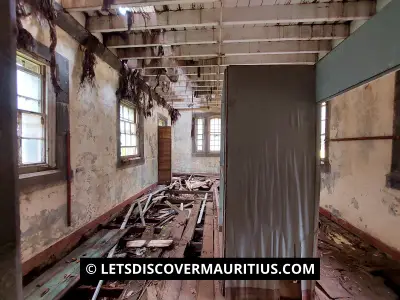
It All Started After An Explosion
Mahé de Labourdonnais possessed a unique vision. At Baie Aux Tortues, now popularly known as Balaclava, had an important dock from the Dutch era, where ships used to embark ebony trees, replenish their provisions, and conduct other exchanges, he established an arsenal. Mahé de Labourdonnais constructed a powder mill there in 1740 to supply the French army with cannon powder, munitions, and other supplies.
But then there was the catastrophic explosion at Balaclava in 1774, which claimed many lives. The powder mill in Balaclava was destroyed by fire, and the French government decided to relocate it to Pamplemousses because of security concerns regarding its location too close to the coast, which made it open to attack.
From Balaclava To Pamplemousses
The powder mill of Pamplemousses opened its doors in 1775. Joseph Francois Charpentier De Cossigny was the project’s designer. He worked as a military engineer and made contributions to other inland developments. Following the 1774 explosion of the powder mill in Balaclava, Joseph Francois Charpentier De Cossigny dedicated all of his efforts to the construction of the new powder mill in Pamplemousses. He adopted a superior design than the powder mills in France.
In 1779, there was a fatal accident at the powder mill of Pamplemousses. Five people were killed in the ensuing fire, four of whom were slaves and one an artillery soldier. After what occurred, the powder mill continued operating. In actuality, they produced more gunpowder and so forth. We do not have a lot of specific information about the slaves who were employed there. Based on historical records, they were enslaved by the government. They did, therefore, get a meager salary. A document from 1802 lists blacksmiths and carpenters. The majority of them came from Mozambique and Madagascar. Among their names were Jean Pierre, Themalaque, Petit Jasmin, and so on. Can we argue that they should not be qualified as slaves because they were paid a meager wage? Let’s let historians of economy handle this one.
The powder mill of Pamplemousses operated from 1775 to 1810. Following the British invasion of Mauritius, the activities were discontinued.
The Forges De Mon Désir
Louis De Rostaing and Jean-Baptise Hermans owned the land prior to the construction of the powder mill of Pamplemousses. Minerals were one of Mauritius’s resources. The Dutch were conscious of it. The French did not overlook that part when they arrived. The Mahé de Labourdonnais Administration made the decision to construct the Forges de Mon Désir in 1745. It spanned about 4,000 hectares and was covered in trees. It also had blast furnaces. An actual thick forest! The trees were transformed into charcoal to fuel the forges. About eight hundred slaves were employed by it.


The Prison And Chief Ehelepola
The powder mill was deserted after operations were stopped there in 1810. The British decided to convert it to a prison in 1823. A well-known prisoner was the Chief Ehelepola of Sri Lanka’s Kingdom of Kandy. After taking part in a rebellion in his province against King Rajasinha, he was taken into custody. His whole family was put to death. He was sent to Mauritius by the authorities after being found guilty of treason. The Chief Ehelepola was imprisoned until he passed away in 1829 from cholera. He was highly regarded and well-known among the local British population. He was imprisoned near the location of the powder mill, in the Saint André forest. The monument is easily visible from the main road and has been recognized as a national heritage site since 1951.
Orphanage, Reformatory, Hospice And Magistrate Court
The buildings were converted from prison to an orphanage after a few decades. It used to accept Indian children whose parents had abandoned them or passed away. It occasionally served as a reformatory for juvenile offenders. The buildings housed a hospital dedicated to treating leper patients at the start of the 20th century. Moreover, it besieged the magistrate court in 1918. Up until the late 1990s, the Ministry of Health maintained control over the buildings. It has been used for both religious and office purposes.
The Powder Mill Today…
Were you aware? The British marched past the powder mill through the thick forest during their invasion of Mauritius from the north in order to overrun the surrounding fortifications and arrive at Port-Louis. The location of the powder mill has a rich cultural and historical background. There have been archaeological digs there in recent years, and various artifacts have been found. This place has been abandoned and is now plagued by its past. Its desolate atmosphere gives off the impression that it is completely empty. A nature trail under the name Powder Mill has been opened for the public to have a walk in the forest.
Author & References

Author: Ali J | Date Published: February 1, 2024 | Last Updated: NA
References: Pierre Claite (Pamplemousses, Un Quartier Chargé D’Histoires), Centre For Research On Slavery & Indenture (The Moulin À Poudre Cultural Landscape).
Special Thanks: Keshaw Audit.
Subscribe For Newsletters
Not just newsletters, but you may enjoy free vouchers, coupons, activity deals and many others while subscribing…

